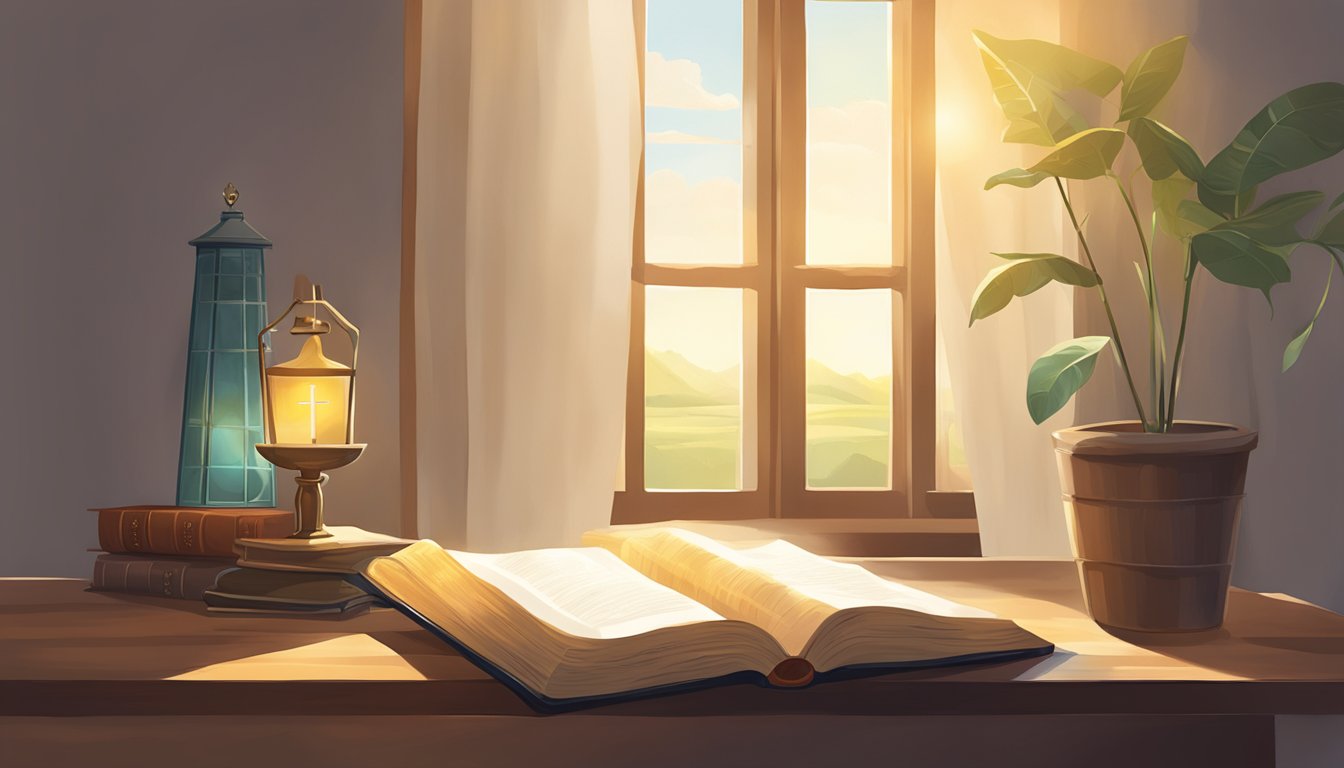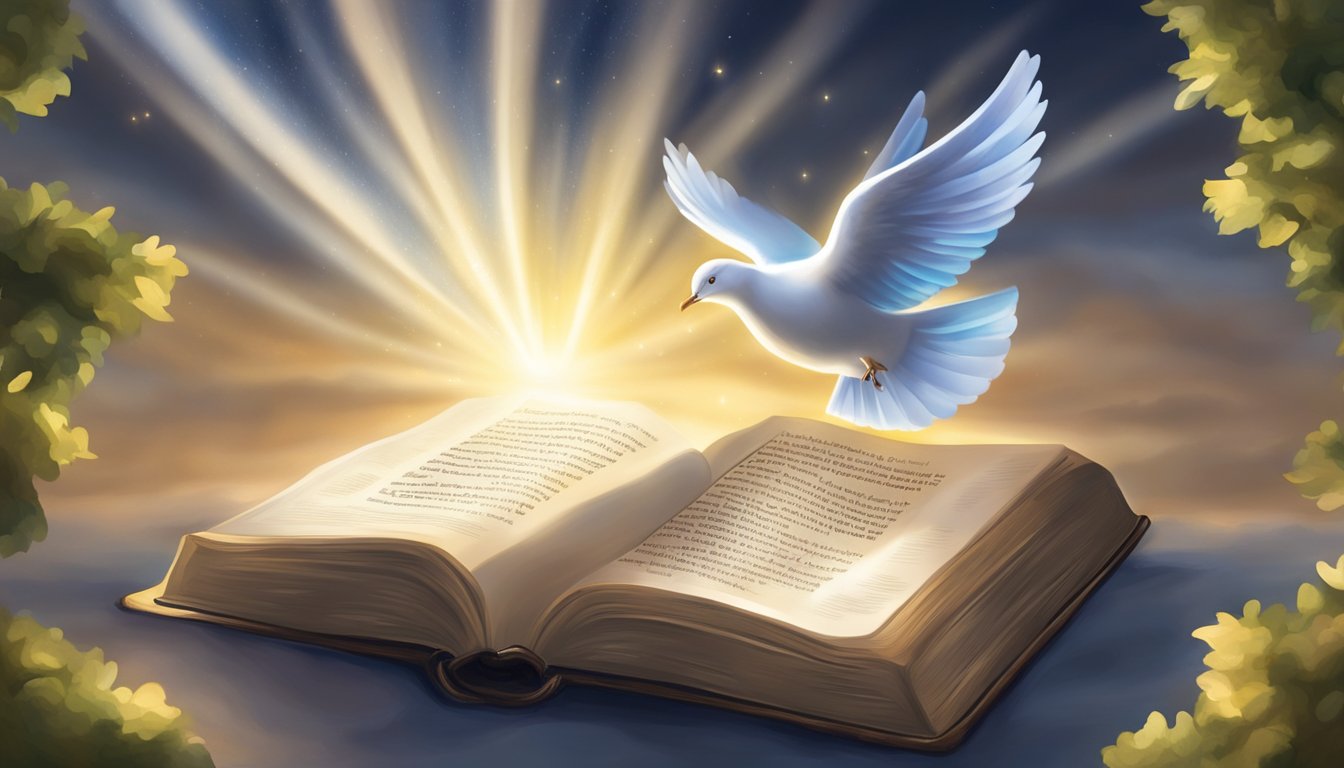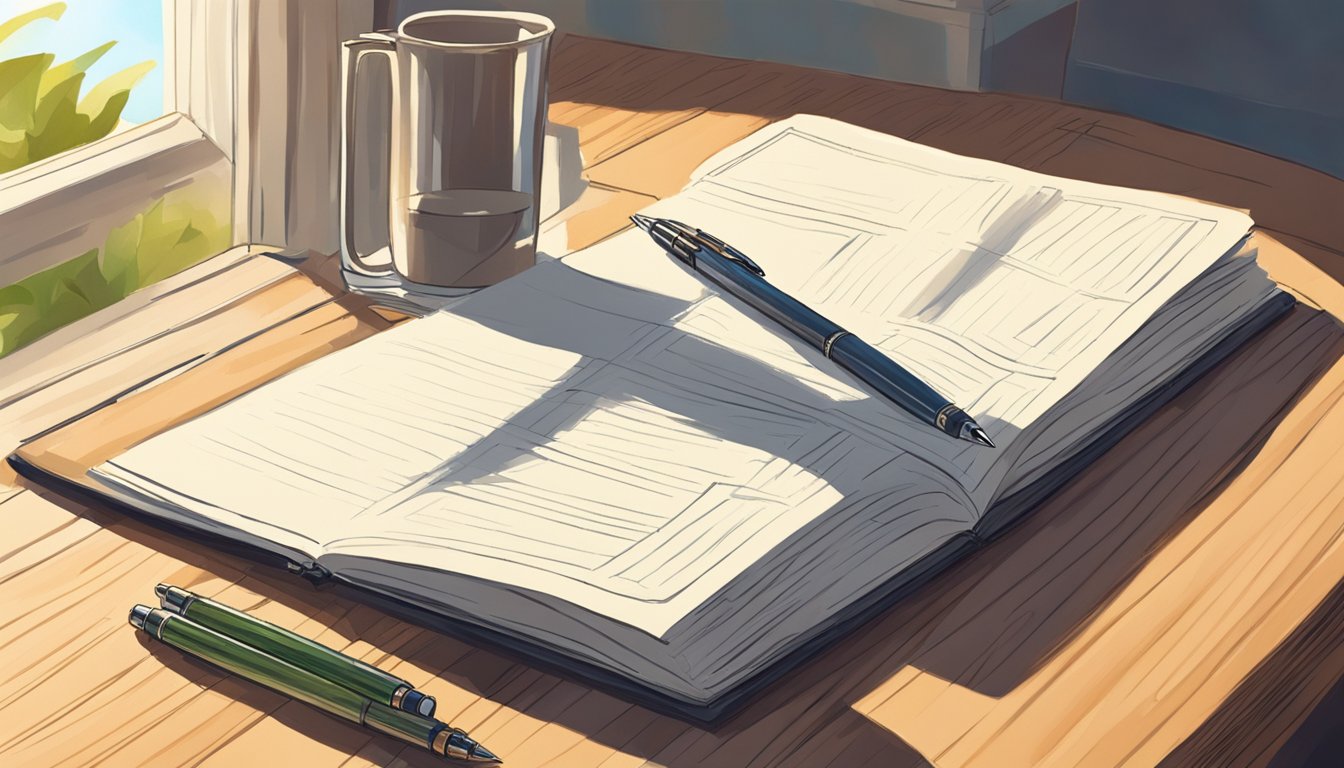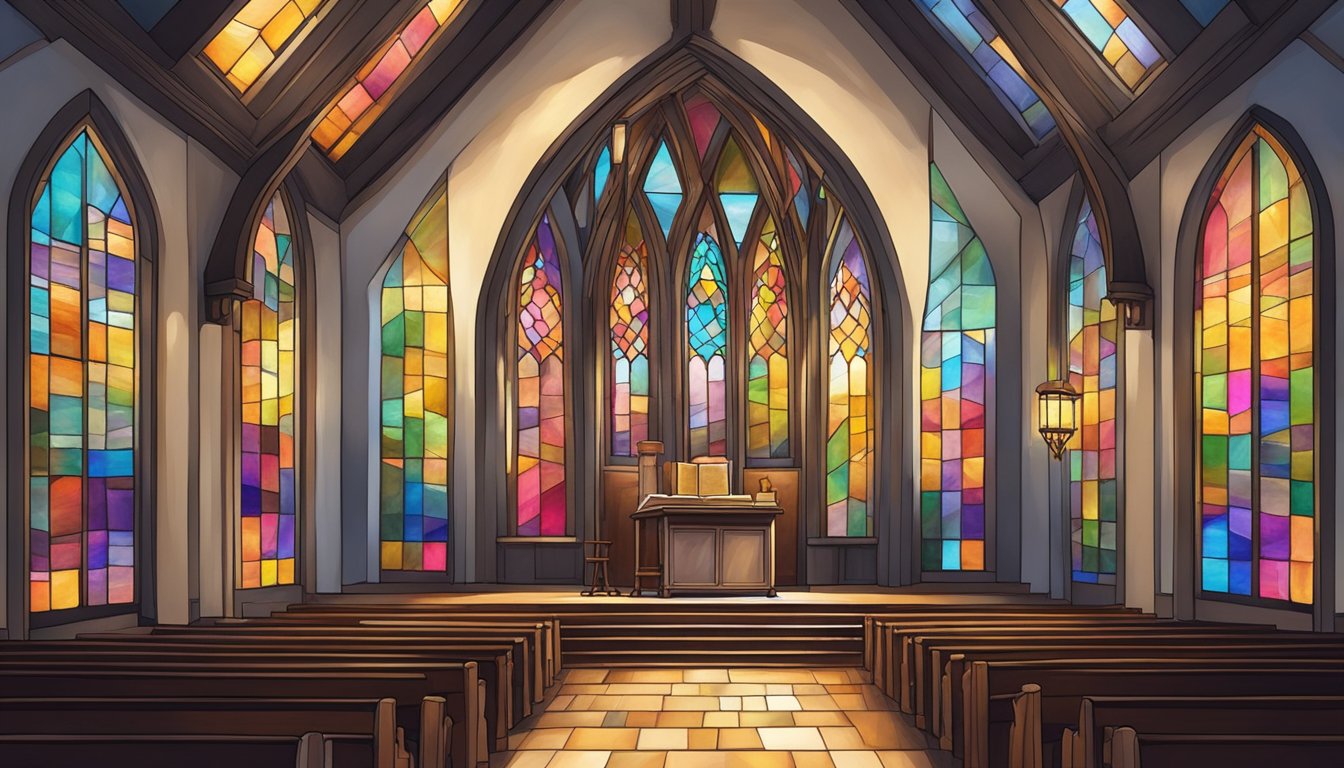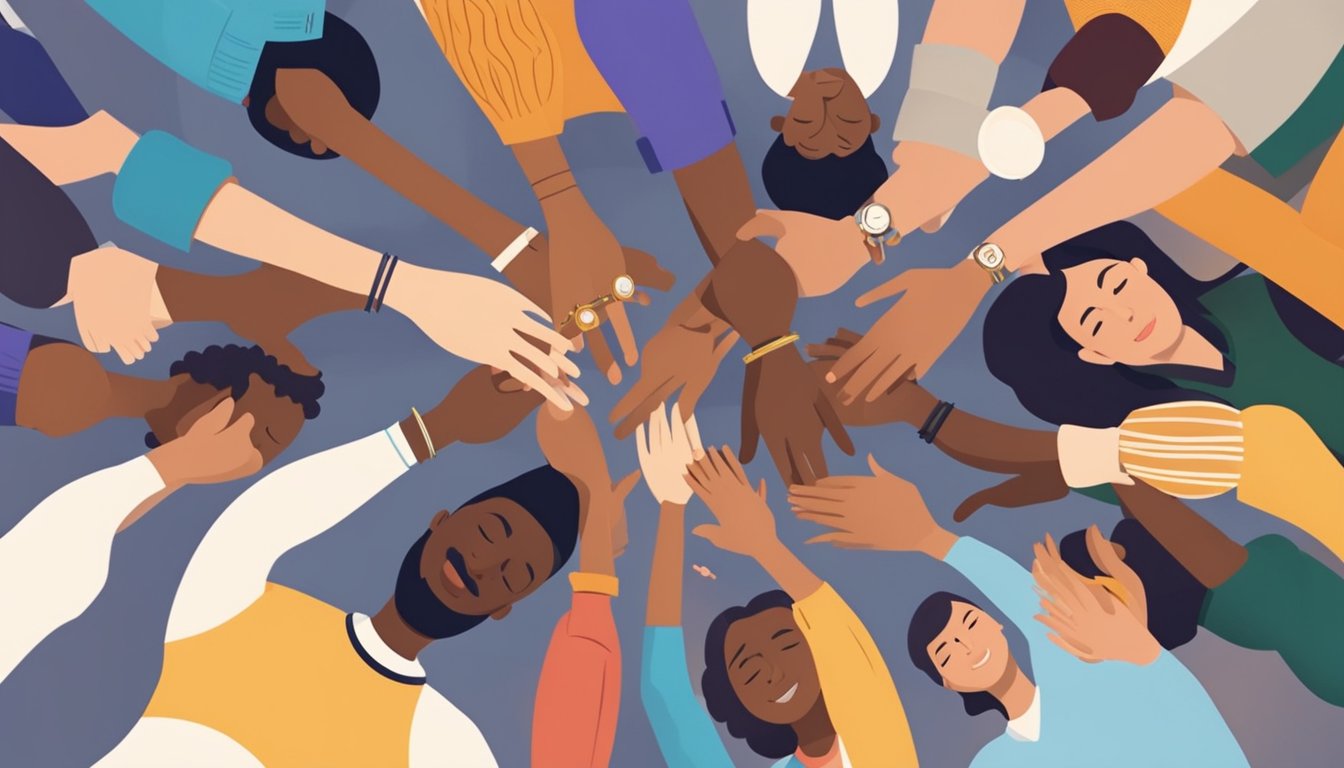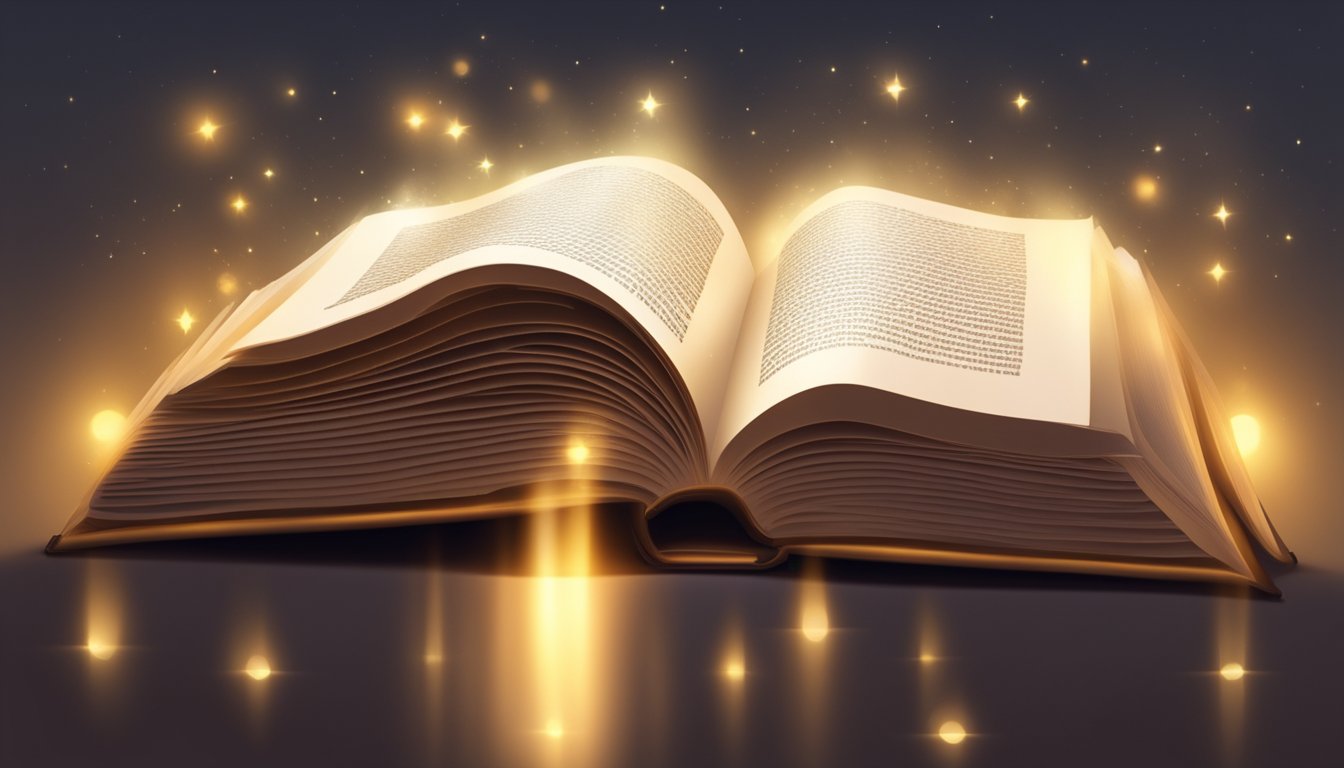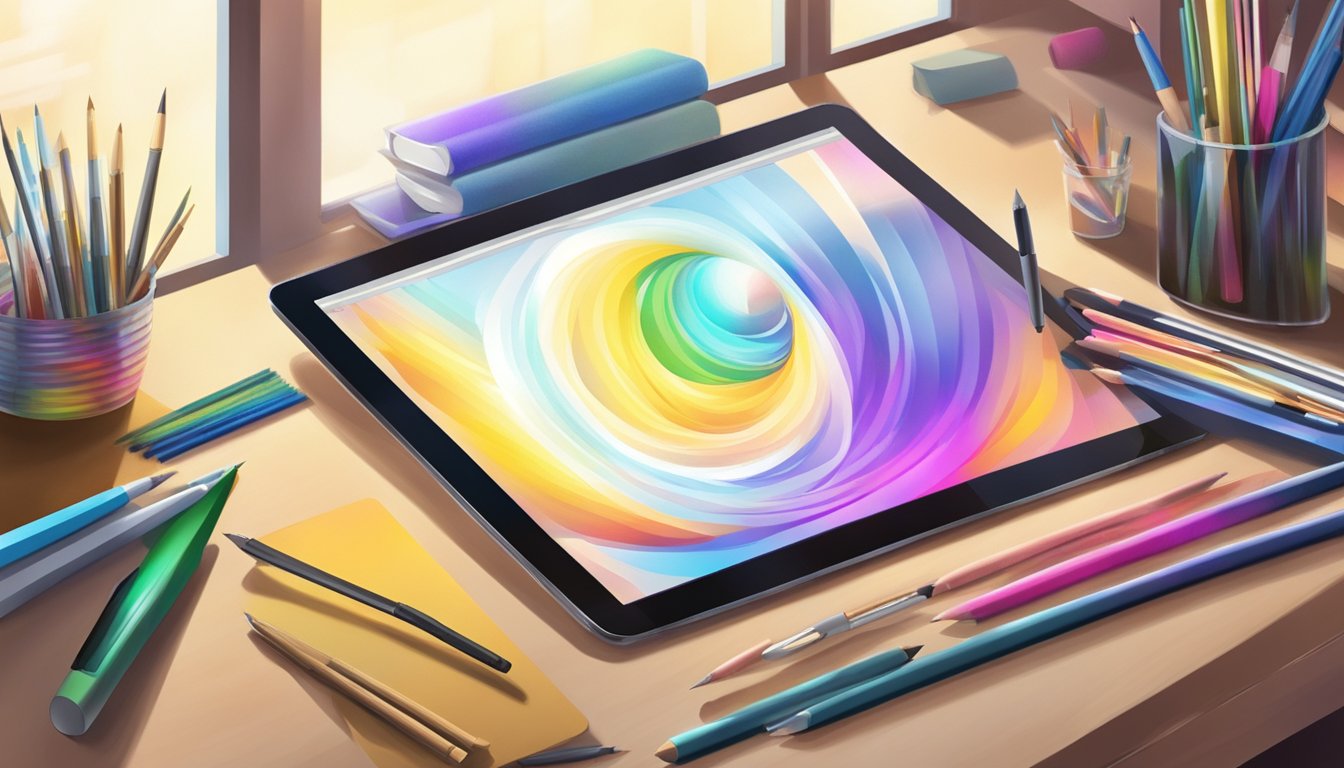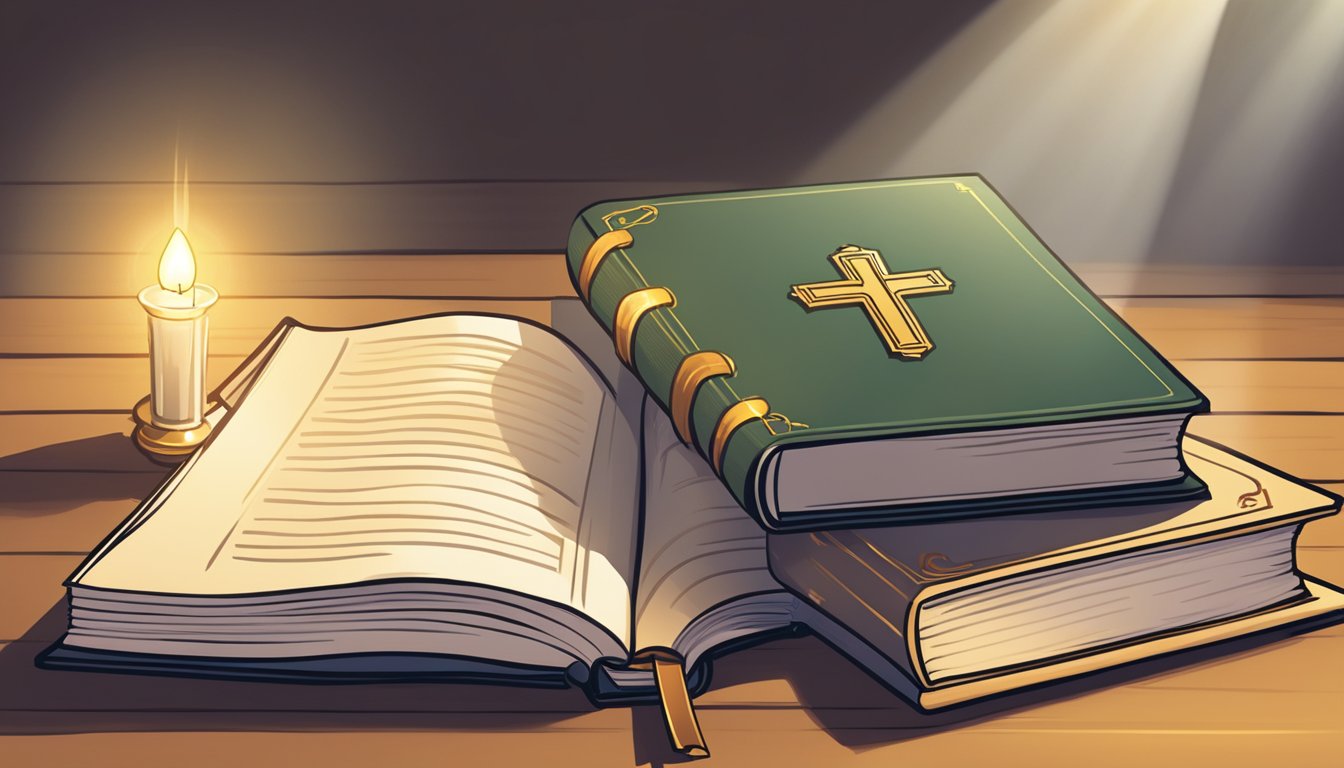The Artist’s Way is a self-help book written by Julia Cameron that aims to help readers overcome creative blocks and reach their full creative potential. Since its publication in 1992, the book has become a popular resource for artists, writers, and other creatives looking to tap into their inner creativity. However, some readers have questioned whether The Artist’s Way is a Christian book, given its emphasis on spirituality and the use of prayer and meditation techniques.
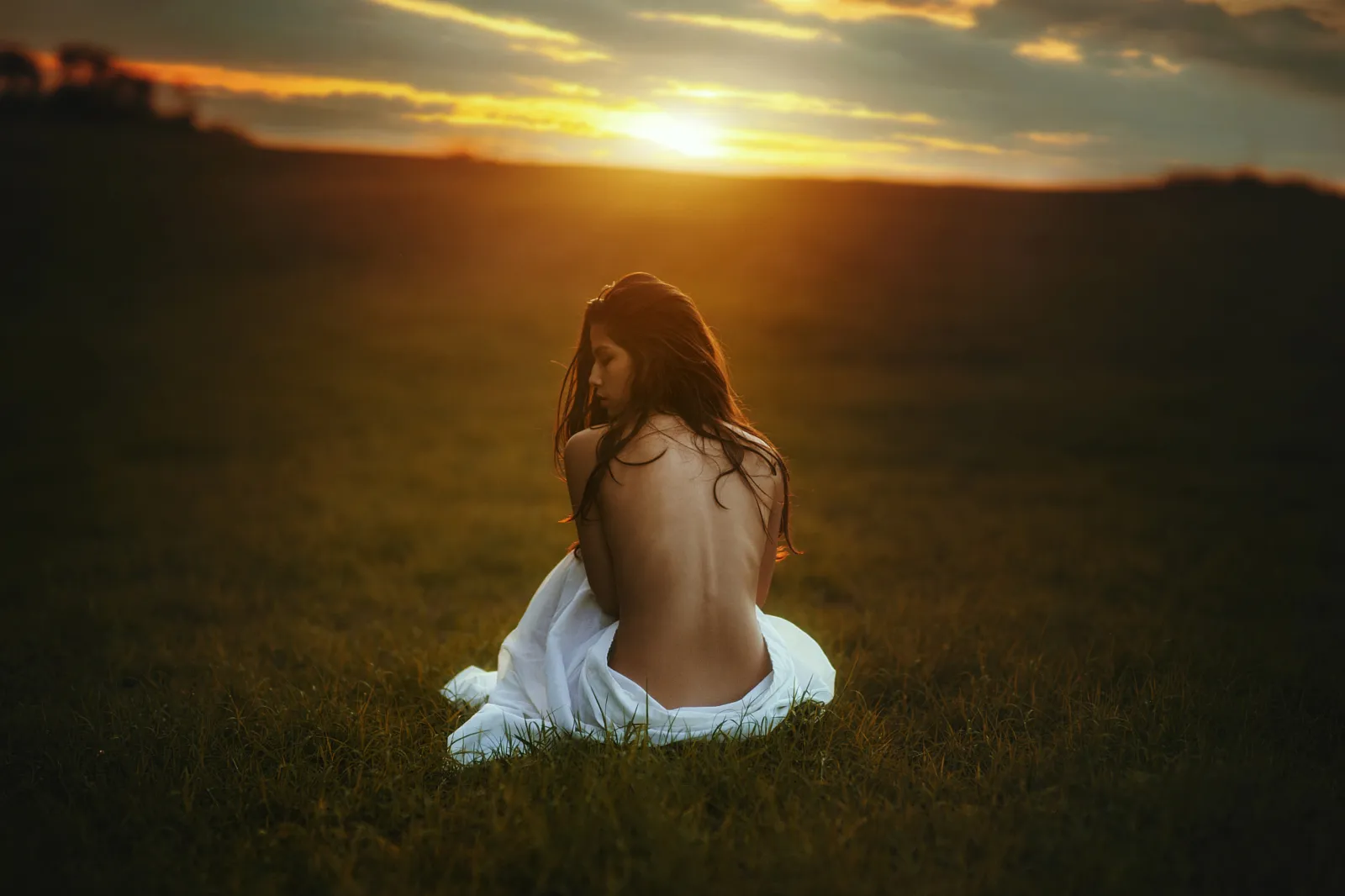
While The Artist’s Way does have spiritual and inspirational aspects, it is not necessarily a Christian book. Cameron draws from a variety of spiritual traditions and encourages readers to find their own spiritual path rather than adhering to any particular religion. The book’s focus is on unlocking creativity, and Cameron believes that this can be achieved through a variety of spiritual practices, including prayer, meditation, and journaling.
Key Takeaways
- The Artist’s Way is a self-help book that aims to help readers overcome creative blocks and reach their full creative potential.
- While the book has spiritual and inspirational aspects, it is not necessarily a Christian book.
- The focus of The Artist’s Way is on unlocking creativity, and Cameron believes that this can be achieved through a variety of spiritual practices, including prayer, meditation, and journaling.
Understanding The Artist’s Way
Origins and Authorship

The Artist’s Way is a book written by Julia Cameron, a renowned author, playwright, and filmmaker. The book was first published in 1992 and has since become a popular guide for artists seeking to enhance their creativity.
Cameron’s inspiration for writing The Artist’s Way came from her own struggles with creativity. She found that many artists had similar struggles and decided to create a course to help them overcome these challenges. The course became so popular that Cameron decided to turn it into a book.
Core Principles and Structure
The Artist’s Way is a 12-week course designed to help artists overcome creative blocks and enhance their creativity. The course is based on a set of core principles, which include:
- Creativity is the natural order of life.
- Creative expression is a human need.
- Creativity requires a safe and supportive environment.
- Everyone is creative in their own way.
The book is structured around these principles and includes exercises and activities designed to help artists tap into their creativity. The course includes weekly tasks such as writing morning pages, going on artist dates, and completing various exercises designed to enhance creativity.
The Artist’s Way is not a Christian book, although it does include some spiritual elements. Cameron encourages readers to connect with their own spirituality, whatever that may be, in order to enhance their creativity. The book has been praised for its inclusivity and has helped many artists of different backgrounds and beliefs to enhance their creativity.
Overall, The Artist’s Way is a valuable resource for artists seeking to enhance their creativity. Cameron’s approach is friendly and supportive, and the book is structured in a way that is easy to follow. Whether you’re a writer, painter, musician, or any other type of artist, The Artist’s Way can help you tap into your creativity and overcome creative blocks.
Spiritual and Inspirational Aspects
Spirituality in Creative Recovery
The Artist’s Way by Julia Cameron is a book that has helped millions of readers worldwide in their creative recovery journey. The book has a strong spiritual foundation that is rooted in the belief that creativity is a spiritual practice. Cameron encourages readers to connect with their inner spirituality, which she refers to as a “higher power,” to tap into their creative potential.
The book’s spiritual aspect is not tied to any specific religion or faith, but rather it encourages readers to find their own spiritual path. The book uses the word “God” to refer to a higher power, but Cameron acknowledges that this may not be a comfortable term for everyone. She encourages readers to be open-minded and to interpret the term in a way that is meaningful to them.
Influence of Different Faiths
The Artist’s Way has been praised by readers from different faiths, including Christians, Buddhists, and Sufis. The book’s spiritual message resonates with readers from different backgrounds, as it encourages them to connect with their inner spirituality and to tap into their creative potential.

The book’s message is universal, and it does not promote any specific religion or faith. Instead, it encourages readers to find their own spiritual path and to connect with their higher power. The book’s spiritual message is inclusive and welcoming, and it has helped many readers in their creative recovery journey.
In conclusion, The Artist’s Way is a book that has a strong spiritual foundation that is rooted in the belief that creativity is a spiritual practice. The book’s spiritual message is universal, and it encourages readers to find their own spiritual path and to connect with their higher power. The book’s message is inclusive and welcoming, and it has helped many readers in their creative recovery journey.
The Role of Morning Pages
Technique and Purpose
One of the core techniques of The Artist’s Way is the practice of “Morning Pages.” As the name suggests, this involves writing three pages of longhand stream-of-consciousness writing first thing in the morning. Morning Pages are meant to be a tool for clearing the mind and unlocking creativity.
The purpose of Morning Pages is to help the writer get in touch with their inner self and to clear away any mental clutter that may be preventing them from accessing their creativity. It is a form of self-expression that allows the writer to explore their thoughts and feelings without the pressure of producing anything polished or finished.
Benefits and Challenges
The benefits of Morning Pages are numerous. By starting the day with three pages of writing, the writer is able to clear their mind and focus on the tasks ahead. Morning Pages can also help to identify patterns of thought and behavior that may be holding the writer back.
« Is “Oceans” a Christian Song? Exploring the Religious Themes in Hillsong’s Hit Track
Is “You Found Me” a Christian Song? Exploring the Religious Themes in the Hit Single »
However, Morning Pages can also be challenging. It can be difficult to find the time and motivation to write three pages every morning, especially for those who are not used to writing regularly. Additionally, the practice of Morning Pages can bring up uncomfortable emotions and thoughts that the writer may not be prepared to face.
Despite these challenges, Morning Pages remain a popular tool for self-help and therapy. The practice is recommended by many therapists and creative professionals as a way to improve mental health and unlock creativity.
Artist’s Dates and Personal Experience
https://www.youtube.com/watch?v=E9SbYGvoZjw&embed=true
Concept and Execution
One of the key concepts in Julia Cameron’s book, The Artist’s Way, is the idea of “Artist’s Dates”. These are weekly solo excursions taken by the reader to nurture their inner artist child. The goal is to spend time doing something that is playful, inspiring, and that sparks creativity.

The execution of an Artist’s Date can vary widely, depending on the individual’s interests and preferences. Some people might choose to visit an art exhibit, while others might opt for a hike in the woods. The important thing is that the activity is something that the reader genuinely enjoys and finds inspiring.
Impact on Creativity
Many readers have reported that incorporating Artist’s Dates into their weekly routine has had a positive impact on their creativity. By taking time to nurture their inner artist child, they are able to tap into their creative wellspring and generate fresh ideas.
Personal experience has shown that Artist’s Dates can be a powerful tool for overcoming creative blocks. When one is feeling stuck or uninspired, taking a break to engage in a fun and inspiring activity can help to reignite the creative spark.
In conclusion, while The Artist’s Way is not explicitly a Christian book, it does incorporate spiritual and philosophical concepts that are rooted in Christianity. The book’s emphasis on nurturing one’s inner artist child through activities like Artist’s Dates can be a valuable tool for anyone looking to tap into their creativity and find inspiration.
Creative Blocks and Unblocking
https://www.youtube.com/watch?v=pE5bpCOssYw&embed=true

The Artist’s Way by Julia Cameron is a book that aims to help artists overcome creative blocks and unleash their full creative potential. The book provides a comprehensive twelve-week program that helps artists identify and overcome the various blocks that prevent them from creating their best work.
Identifying Creative Blocks
The first step in unblocking creativity is identifying the blocks that are preventing it. According to Cameron, some of the most common creative blocks include fear, self-doubt, perfectionism, and negative self-talk. These blocks can be both internal and external, and they can manifest themselves in a variety of ways.
One of the exercises in The Artist’s Way is called “Morning Pages,” which involves writing three pages of stream-of-consciousness writing every morning. This exercise helps artists identify their internal blocks by allowing them to express their thoughts and feelings without judgment.
Exercises for Overcoming Blocks
Once artists have identified their creative blocks, they can begin to work on overcoming them. The Artist’s Way provides a variety of exercises designed to help artists do just that. For example, one exercise involves taking an “artist’s date” once a week, where artists take themselves on a solo outing to explore and inspire their creativity.
Another exercise involves creating a list of “creative monsters,” or the negative voices in an artist’s head that prevent them from creating their best work. By identifying these monsters, artists can begin to work on silencing them and freeing themselves from their negative influence.

Overall, The Artist’s Way is a valuable resource for artists looking to overcome creative blocks and unleash their full creative potential. By providing a comprehensive program that addresses both internal and external blocks, the book offers a roadmap for artists looking to navigate the often-challenging creative process.
The Intersection of Art and Faith
Art and faith have always been intertwined throughout history. Many artists have used their art as a means of expressing their spirituality and exploring their relationship with the divine. The intersection of art and faith is a rich and complex topic that has been explored by many writers, artists, and theologians.
Art as a Spiritual Exercise
Art has long been seen as a spiritual exercise, a way to connect with the divine and explore the mysteries of the universe. Many artists view their work as a form of prayer or meditation, a way to connect with the great creator and express their deepest emotions and beliefs.
Artists often find that the act of creating art is a deeply spiritual experience, one that connects them to something greater than themselves. Whether it is through painting, sculpture, music, or dance, art can be a powerful tool for exploring the spiritual dimension of life.
Faith and the Creative Journey

For many artists, faith is an integral part of their creative journey. They see their work as a way to explore and express their beliefs, and to share their spiritual insights with others.
Faith can also be a source of inspiration for artists, providing them with a sense of purpose and direction in their work. Many artists find that their faith gives them the courage to explore new ideas and take risks in their art, knowing that they are guided by a higher power.
In summary, the intersection of art and faith is a rich and complex topic that has been explored by many writers, artists, and theologians. Art can be a powerful tool for exploring the spiritual dimension of life, and for many artists, faith is an integral part of their creative journey.
Community and Support Systems
The Artist’s Way is not just a book, it is a community of individuals who share a passion for creativity. Forming a creative cluster is one of the key elements of the Artist’s Way. This is a group of like-minded individuals who come together to support each other in their creative endeavors.
Forming a Creative Cluster
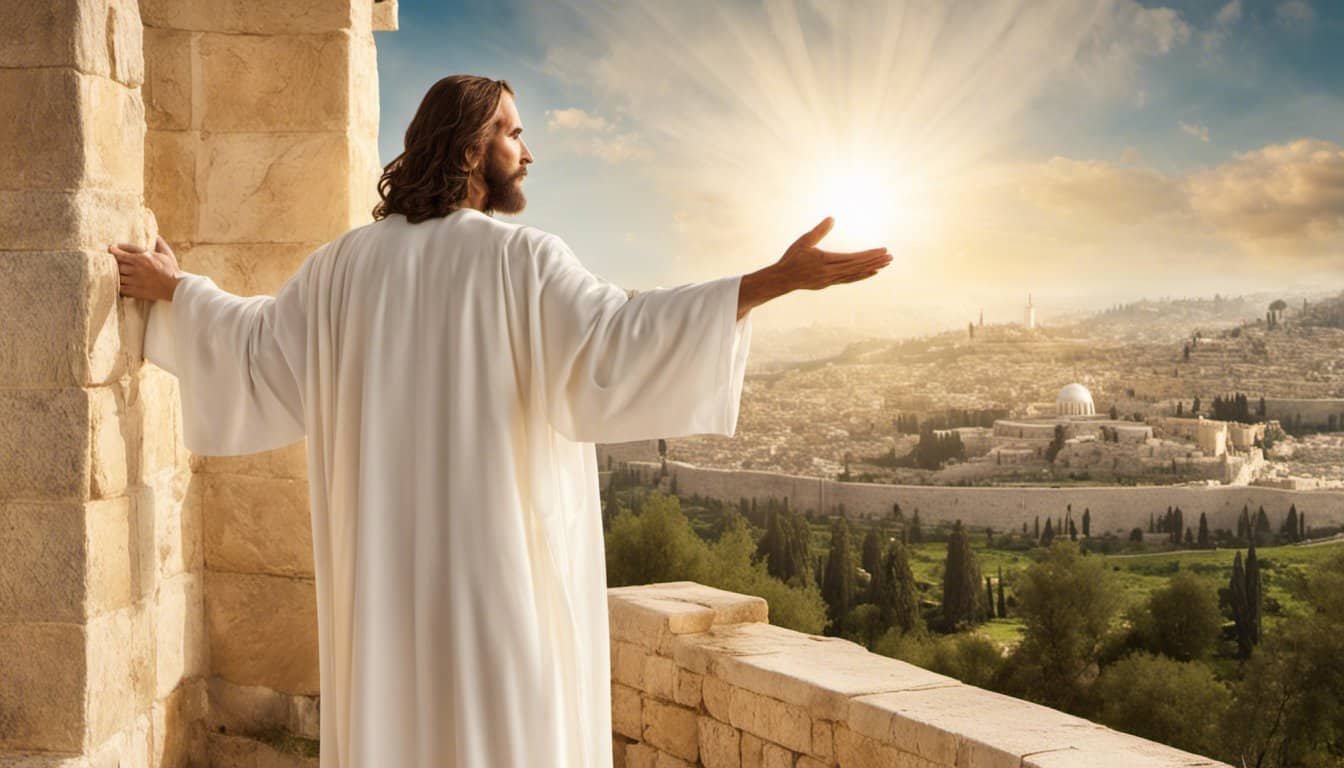
The formation of a creative cluster is an essential part of the Artist’s Way. It is a group of people who come together to support each other in their creative endeavors. The cluster provides a safe space for individuals to share their work, receive feedback, and gain inspiration from others. The cluster is a way for individuals to connect with like-minded people who share their passion for creativity.
The Role of Group Work
The Artist’s Way emphasizes the importance of group work. The group provides a support system for individuals as they work through the book’s exercises. Group work allows individuals to connect with others who are going through a similar experience. It provides an opportunity to share experiences, receive feedback, and gain inspiration from others.
In conclusion, community and support systems are an essential part of the Artist’s Way. Forming a creative cluster and participating in group work are two ways individuals can connect with others who share their passion for creativity. The Artist’s Way provides a safe space for individuals to explore their creativity and gain support from others.
Expanding the Concept of Artistry
The Artist’s Way is often associated with Christianity due to the author’s use of the word “God” in the text. However, the book’s teachings are not limited to any specific religion or belief system. Rather, it encourages individuals to explore their creativity and spirituality in a way that is authentic to them.
Diverse Artistic Expressions

The book’s principles can be applied to a wide range of artistic expressions, including visual art, music, dance, writing, and more. The focus is on unlocking the creative potential within each individual, regardless of their chosen medium. By tapping into their inner artist, individuals can find new ways to express themselves and connect with the world around them.
Artistry Beyond Traditional Genres
The Artist’s Way also challenges conventional notions of what constitutes “art.” It encourages individuals to explore their creativity in new and unconventional ways, without feeling limited by traditional genres or mediums. This can lead to exciting new forms of artistic expression, such as performance art, mixed media, or experimental film.
Overall, The Artist’s Way is a book that celebrates the diversity of artistic expression and encourages individuals to explore their creativity in a way that is authentic to them. Its teachings are not limited to any specific religion or belief system, but rather provide a framework for individuals to connect with their spirituality and creativity in a way that is meaningful to them.
Impact and Reception
Testimonials and Success Stories
The Artist’s Way has received numerous testimonials and success stories from readers who have followed the author’s guidance and advice. Many readers have credited the book with helping them to overcome creative blocks and to unleash their full creative potential.
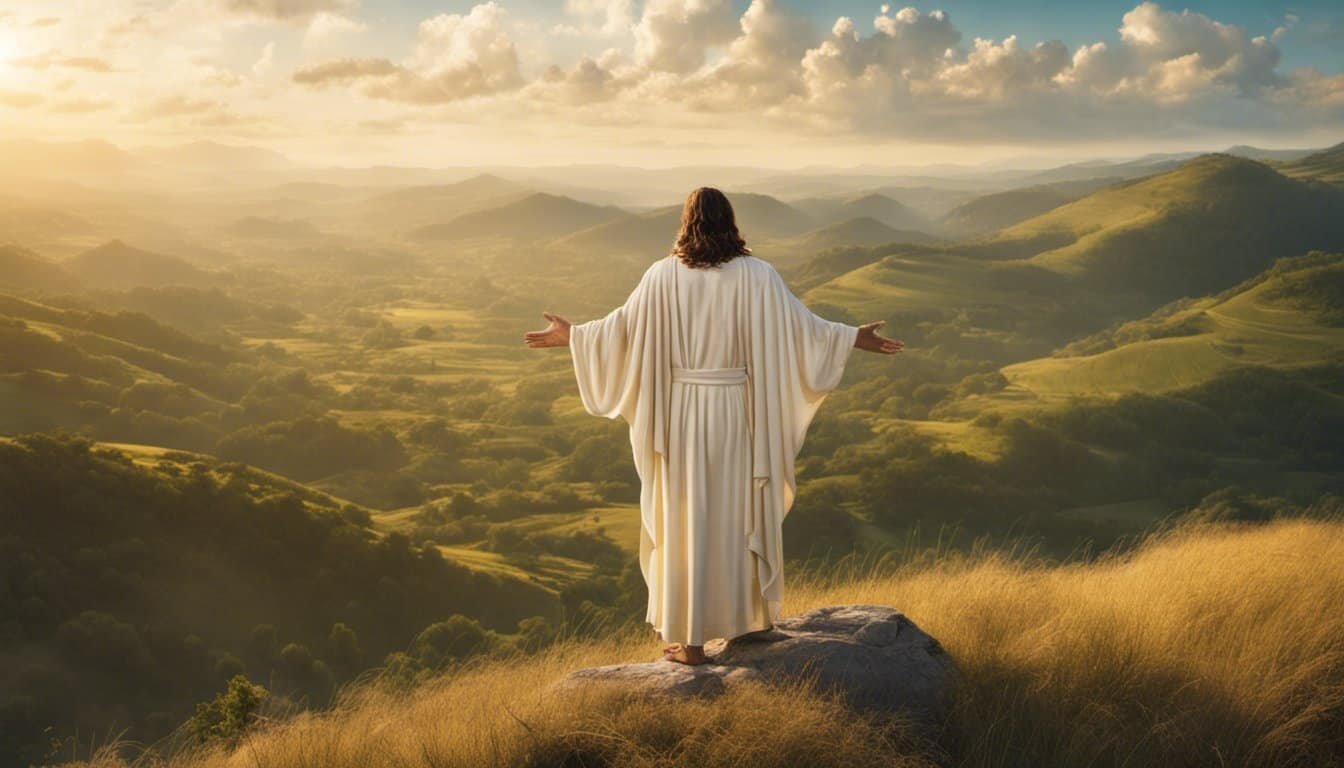
For instance, a reviewer on Amazon states that “The Artist’s Way is one of the most transformative books I have ever read. It has helped me to tap into my creativity and to overcome the self-doubt and fear that have held me back for years.”
Similarly, another reviewer on Goodreads writes that “The Artist’s Way is a game-changer. It has helped me to develop a regular creative practice and to overcome the negative self-talk that has prevented me from pursuing my dreams.”
Critical Reviews and Ratings
While The Artist’s Way has received many positive reviews and ratings, it has also been criticized by some readers and reviewers.
For example, a reviewer on Amazon notes that “The Artist’s Way can be a bit preachy and New Age-y for some readers. It’s definitely not for everyone.”
Similarly, a reviewer on Goodreads states that “While I appreciate the author’s enthusiasm and passion, I found The Artist’s Way to be a bit too repetitive and simplistic for my taste.”

Despite these criticisms, The Artist’s Way remains a popular and influential book on creativity and personal growth. The book has received an average rating of 4.2 out of 5 stars on Amazon and 4.1 out of 5 stars on Goodreads. The book has also been re-released in an Anniversary Edition, which includes updated material and new insights from the author.
The Artist’s Way in the Digital Age
The Artist’s Way, a self-help book by Julia Cameron, has been around since 1992. Over the years, the book has become popular among artists, writers, and creatives of all kinds. With the advent of digital technology, the techniques outlined in the book have been adapted for modern use.
Adapting Techniques for Modern Use
The Artist’s Way teaches techniques and exercises to assist people in gaining self-confidence in harnessing their creative talents and skills. These techniques can be adapted for modern use, such as using digital tools to create art, writing, or music. The book encourages people to take time for themselves, to focus on their creativity, and to find a community of like-minded individuals.
Digital Tools and Online Communities
In the digital age, there are many tools available that can help artists and creatives. For example, there are online art communities where artists can share their work, get feedback, and connect with other artists. There are also writing apps that can help writers stay organized and focused. The Artist’s Way encourages people to use these tools to their advantage.
The book also emphasizes the importance of finding a community of like-minded individuals. In the digital age, it is easier than ever to connect with others who share your interests. There are online communities for artists, writers, musicians, and more. These communities can provide support, feedback, and inspiration.
In conclusion, The Artist’s Way can be adapted for modern use. The book’s techniques and exercises can be applied to digital tools and online communities. By taking time for themselves, focusing on their creativity, and finding a community of like-minded individuals, artists and creatives can thrive in the digital age.
Frequently Asked Questions
What spiritual or religious principles is ‘The Artist’s Way’ based on?
‘The Artist’s Way’ is based on spiritual principles that do not align with any particular religion. The author, Julia Cameron, describes her approach as “spiritual, not religious.” The book encourages readers to connect with their creative spirit or higher power, which can be interpreted in a variety of ways. Cameron draws from a range of spiritual traditions, including Buddhism, Christianity, and Native American spirituality, to create a program that is accessible to people from all backgrounds.
Can ‘The Artist’s Way’ be beneficial for individuals of all faiths or no faith?
Yes, ‘The Artist’s Way’ can be beneficial for individuals of all faiths or no faith. The book is designed to help people connect with their creativity and inner wisdom, regardless of their religious beliefs. Cameron emphasizes that the program is not about converting people to a particular faith, but rather about helping them develop a deeper sense of spirituality and connection to their own creativity.
How have people’s creative practices changed after completing ‘The Artist’s Way’?
Many people report significant changes in their creative practices after completing ‘The Artist’s Way.’ Some have found that they are more productive and focused, while others have discovered new forms of creative expression. The program encourages participants to develop a daily creative practice, which can help them overcome creative blocks and build momentum over time. By connecting with their creativity on a regular basis, people often find that they are more inspired and motivated to pursue their artistic goals.
What steps should one take after finishing ‘The Artist’s Way’ to continue their creative journey?
After finishing ‘The Artist’s Way,’ individuals can continue their creative journey by maintaining a daily creative practice and exploring new forms of creative expression. Cameron suggests that participants continue to write morning pages and take artist dates as a way of staying connected to their creativity. She also recommends that people continue to read and study about creativity and spirituality, and seek out opportunities to connect with other artists and creative communities.
Is a workbook necessary to get the full benefits of ‘The Artist’s Way’ program?
While a workbook is not necessary to get the full benefits of ‘The Artist’s Way’ program, it can be helpful for some people. The workbook provides additional exercises and prompts to help readers deepen their understanding of the program and apply it to their own lives. However, many people have successfully completed the program without using the workbook, and Cameron emphasizes that the most important thing is to commit to the program and take consistent action.
What does ‘filling the well’ mean in the context of ‘The Artist’s Way’?
‘Filling the well’ is a term used in ‘The Artist’s Way’ to describe the process of replenishing one’s creative reserves. Cameron suggests that artists need to take time to nourish themselves and seek out inspiration in order to stay connected to their creativity. This can involve taking artist dates, exploring new creative pursuits, or simply taking time to rest and recharge. By filling the well on a regular basis, artists can maintain their creative energy and avoid burnout.

